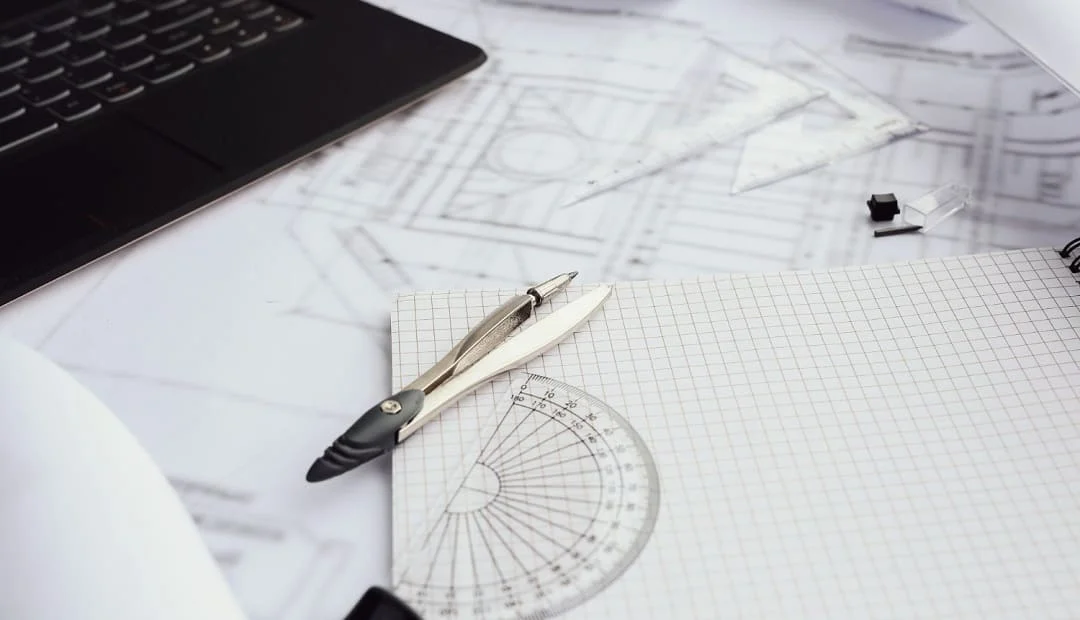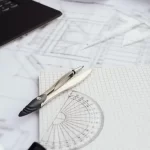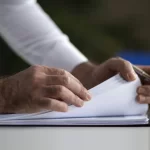The Ultimate Guide to Patent Drawing Rules for Design Patent Services
- October 7, 2023
- By Sarita Thomas
- Read 2 minutes
In the domain of intellectual property protection, patent drawings play a critical role in illustrating since these drawings provide a clear visual representation of an invention, ensuring that its features and functions are easily understood. However, these illustrations are subject to specific standards and regulations to maintain consistency and clarity across patent applications. This article breaks down the essential elements of these standards and regulations to guide inventors in producing compliant and effective patent drawings.
Why Design Patent Service Drawings Matter
When securing a design patent service, drawings play a pivotal role. The U.S. Patent and Trademark Office (USPTO) stipulates precise requirements for these drawings, diagrams, and flowsheets. While provisional patents may not require them, nonprovisional patents need at least one drawing to illuminate the invention’s functionality.
Key Guidelines for Design Patent Drawings
Here are some of the must-know guidelines to adhere to:
Color vs. Black and White
Typically, black and white drawings are preferred. Color is only employed when it’s crucial to the representation of the design. If you believe color is essential, you must petition under Title 37 (CFR) 1.17(h), accompanied by a fee.
Paper and Formatting Requirements
Design patent service drawings should be on 11-inch by 8.5-inch white paper or A4 paper, free of creases, folds, or shiny surfaces. Margins are essential, with specifics defined by the USPTO.
Views Needed
Your patent should encompass multiple views, such as front, back, left, right, top, and bottom. Including perspective views, sectional views, and exploded views will provide a comprehensive understanding of your design.
Use of Shading
Shading in your drawings isn’t just for aesthetics. It offers depth, contour, and texture. Techniques include dots, lines, and specific patterns.
Other Considerations
Proper numbering of sheets, views, security markings, and ensuring clarity in illustrations are crucial. You might also require security markings, copyright notices, or mask work notices.
Why Adhering to Patent Drawing Rules is Crucial for Design Patent Services
Not following the design patent service drawing rules can delay your filing date, potentially costing you the patent, especially if competitors are eyeing a similar invention. Moreover, impeccable drawings will facilitate the patent officer’s task of discerning if the invention is unique and non-obvious, two crucial determinants for patent approval.
DIY or Professional Help?
For those adept at drafting, taking on design patent service drawings can be a tempting cost-saving measure. However, ensure you are adhering strictly to all the required rules. If in doubt, it’s worth investing in a professional patent illustrator. With prices ranging from $100 to $125 per page, the investment can make all the difference in ensuring your patent gets approved.
Common Missteps in Design Patent Service Drawings
A frequent error many inventors make is not dedicating ample time or attention to their drawings, potentially leading to incomplete patent applications. On the other hand, while leveraging one’s artistic prowess might seem economical, those without the requisite skills risk their patent’s rejection without expert assistance.
Charting Your Design Patent Service Drawing Path
With your patent application in hand and a comprehensive product description, the final step is integrating the drawings. Remember, the only exception to the drawing rule is provisional patents and chemical formulas.
While the intricacies of patent drawings might seem daunting initially, with the right guidance, design patent service drawings can be seamlessly integrated into your patent application, ensuring your invention gets the recognition it deserves.







